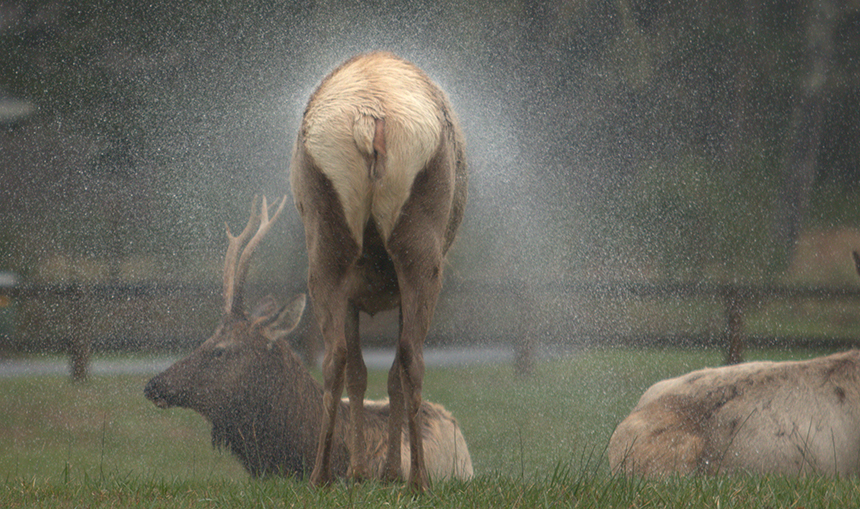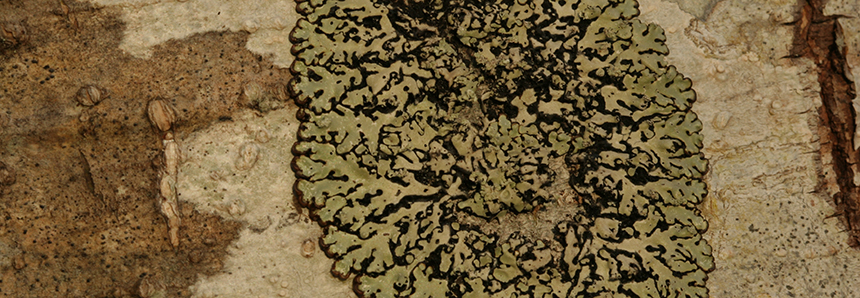
It was standing room only at Seaside Public Library March 16 for naturalist and nature photographer Neal Maine’s Listening to the Land talk “How to See a Rainforest.” Here are a few images and words from that talk, along with his suggestions for where to see remnants of mature rainforest on Oregon’s north coast (and how to connect to it while you’re there).

“When did the singing start?” —Neal Maine

“Natural history is the practice of intentional, focused attentiveness and receptivity to the more-than-human world, guided by honesty and accuracy.” —Thomas Fleischner
“Science is not the journey: it is the fuel for the natural history journey.” —Neal Maine

“I’ve been trying to see not the stream but the raindrops.” —Neal Maine

“The research is showing that a tree isn’t a tree isn’t a tree …” —Neal Maine, referring to Not Just Trees: The Legacy of a Douglas-fir Forest, by Jane Claire Dirk-Edmunds

“How do the limbs not fall off? They go all the way to the center of the tree: they’re so embedded in the system.” —Neal Maine

“The enchantment of an April sunrise is a web of flowing energy. The web is anchored at one end by matter turned to energy in the sun and at the other end by energy turned to beauty in our consciousness.” —From The Forest Unseen, by David George Haskell

“If one truly loves nature one finds beauty everywhere.” —Vincent van Gogh
Neal’s suggestions for places to experience the rainforest:
Cullaby Lake County Park, Warrenton: Cullaby Ridge Trail, 0.3 miles long, between the north and south parking areas.
Ecola Creek Forest Reserve, Cannon Beach: The main trail, especially past the water treatment facility, about 0.7 mile from the trailhead parking area.
Oswald West State Park, Manzanita: Especially the less-traveled southernmost trails between Short Sand Creek and Necarney Creek.

“This whole thing is driven by light. It ends up being the thing you can’t see unless it’s dark.” —Neal Maine
Ways to connect to the rainforest:
- Outline found objects.
- Do rubbings of objects in the system.
- Record patterns found in the system.
- Take photos with a theme or pattern.
- Make simple charcoal drawings.
- Do a sort of the forest duff.
- Change your position (ground level, looking straight up, in a tree, etc.)
- Best of all: Take a child along and look at what he or she looks at.
Comments